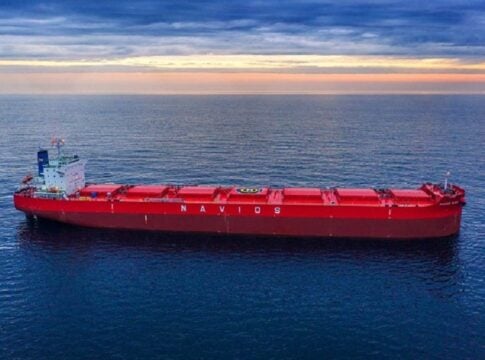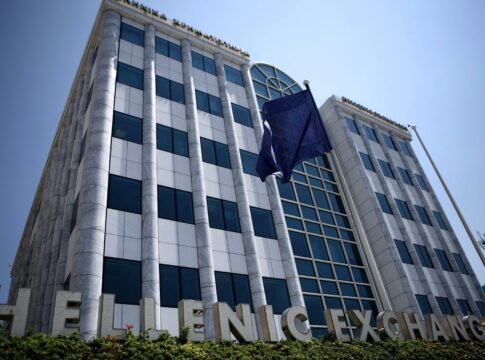Shipping analysts seem divided on the course of the freight market of bulk carriers, which has been experiencing intense volatility since the beginning of this year, having fallen significantly from the levels of the past two years. The market’s main indicator, the Baltic Dry Index (BDI), has gained more than 20% since the beginning of this month, according to the latest weekly report by WeberSeas (Hellas), recovering from a prolonged negative period. However, the long-term picture remains unclear.
Meanwhile, the Norwegian investment bank Cleaves Securities was more pessimistic as it downgraded the sector’s outlook in a report published yesterday.
According to the report, the order book as a proportion of the active fleet remains low (7.7%), based on historical averages.
However, limited ship recycling activity and significant easing of port congestion have led to an oversupply of tonnage on the market.
On the demand side, Cleaves sees higher-than-expected growth for most commodities in tonnage terms, noting, however, that changes in trading patterns are reducing the distance ships travel per tonne.
Also, analysts see demand growth per tonne-mile of 3.2% this year, 2.2% in 2024 and 1.7% in 2025.
“While we expect more revenue growth in the coming weeks, we believe fares and values will fall until 2024,” the report concluded.
As a result, the analysts have downgraded the market outlook from “buy” to “hold” for the period 2023-2025, lowering the target prices for all listed companies it tracks.
Charters
On the other hand, US investment bank Stifel is still optimistic about revenues, at least in the short term, focusing on the recent charter activity.
“It has been a difficult summer for the dry cargo market. This is partly due to seasonality. In general, however, the demand is set at relatively satisfactory levels, while the supply of the fleet is limited, but not negative,” according to analysts.














